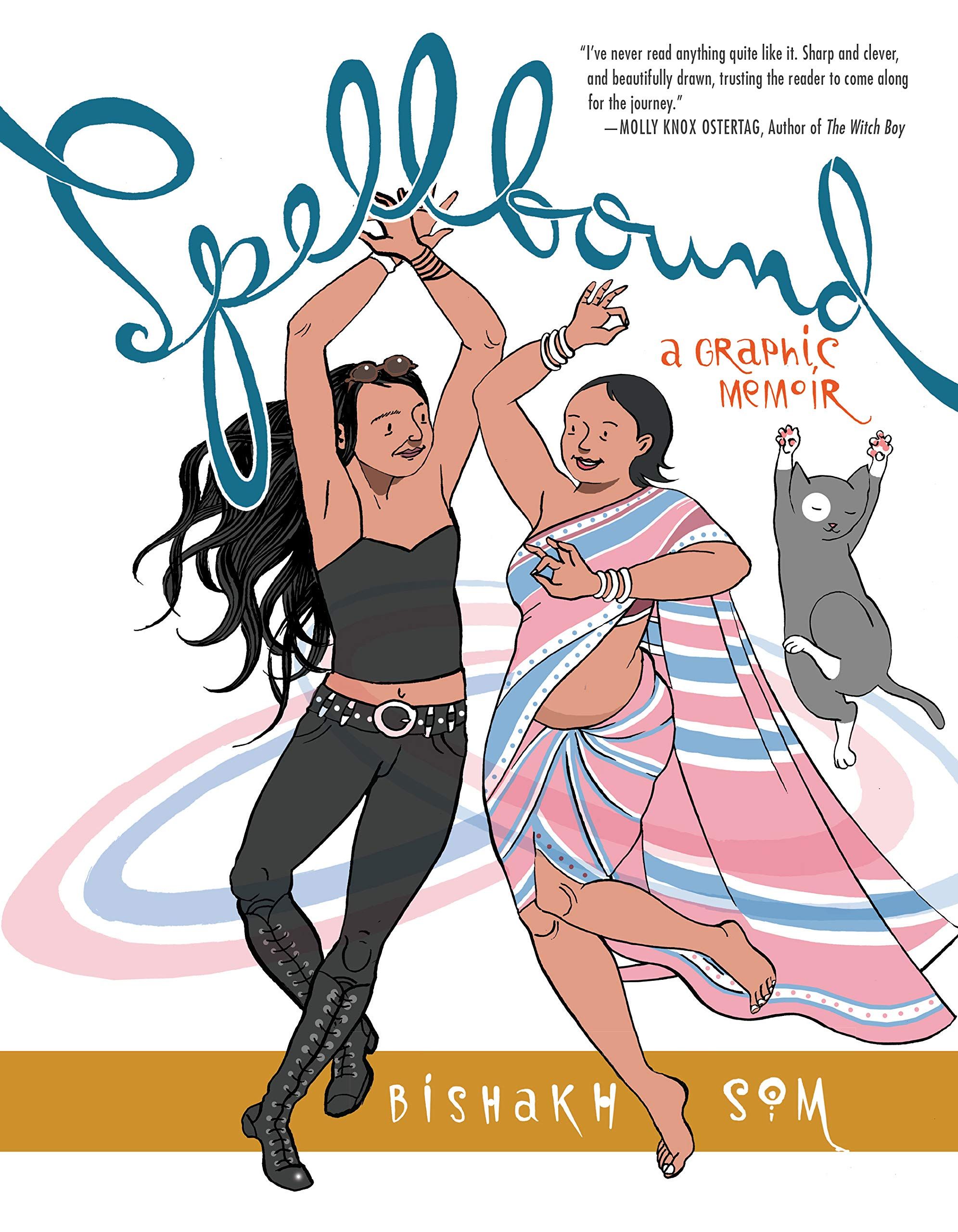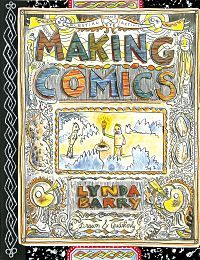As a writer, I often connect the things I encounter back to writing. Sometimes I learn a new-to-me word on a TV show or film and record it in my expanding list to research and maybe use later. Sometimes I discover a phrase I want to chase in a misheard lyric on the radio and scribble it down in my notebook. Sometimes a falling leaf or the morning light gifts me the final lines of a poem.
All of this to say, I find it difficult to turn off the writer part of my brain, especially while reading. Comics remain a constant in my rotation of literature, and I can’t help but find writerly inspiration in the graphic novels and nonfiction I devour. Here, I share three gleaming lessons from a few recent reads that whispered to the creative in me.
Make And Keep Promises
|
|
Exploring ambition, finances, friendship, and publishing, Kate Gavino’s heartwarming and hilarious A Career in Books follows three literature-loving roommates in New York. It chronicles the post-graduation lives of Nina Nakamura, Shirin Yap, and Silvia Bautista from job interviews to a spa day and a Paris trip to dinners. During their first with a downstairs neighbor, Veronica Vo, the 90-something Booker Prize–winning author of La Mutinerie, tells Silvia, “There’s no harm in speaking things into existence, especially if you’re a writer.”
Later, Silvia, whose fiction Nina calls “a mix of Lorrie Moore and Ann M. Martin,” sneaks into a library basement and swears to the dusty pages of a 19th century book that she will finish her manuscript. At her day job, she spends afternoons writing with a “smoke-screen spreadsheet” on standby. When a toxic employee joins the team, Silvia brings her laptop to a noisy, wifi-less laundromat at night.
Once “weeks” pass without progress, Silvia, with Veronica’s urging, seeks a position elsewhere. To finish her book, she accepts a pay cut and ponders picking up side gigs and moving into the apartment’s “smallest, windowless” (and therefore less expensive) bedroom. Silvia’s determination not only prods me to preserve the better parts of myself for creative projects but to check in along the way and to beware of energy drains in all their forms.
Take Leaps And Celebrate
 |
Bookended by commentary from Bishakh Som, Spellbound meditates on art, desire, food, identity, and more. Teeming with gorgeous details, this genre-bending and intimate graphic memoir follows Anjali. In the opening pages, the author writes, “I substituted Anjali, a cisgender Bengali-American woman in place of yours truly into these recollections.”
With money saved and “120 pages done,” Anjali quits her full-time position at an architecture firm in 2012 to finish a graphic story collection. From “Day One,” Anjali celebrates little and big successes. After penciling a page, Anjali cooks a fancy macaroni dish with capers, eggplant, and other veggies. Wine in hand, she tells her cat, Ampersand, the book will win a Pulitzer Prize. With “inks” completed, Anjali purchases a train ticket to visit a friend in the Adirondacks for hiking and fireside talks.
Even after a lackluster day with a “late” start and money worries, Anjali treats herself to pizza topped with artichokes and olives. What a tenderness to say, Here, you deserve this, and it’s a kindness I’ll carry with me. How Anjali does what she needs to in order to prioritize creativity — dips deeper into savings, eats leftovers or “leavings,” and freelances — reminds me to believe in myself and to buy myself a nicer bottle of red every now and then.
Practice Presence and Persistence
 |
Delving into imagination, instinct, open-mindedness, and wonder, Making Comics might seem like an obvious place to discover writerly lessons. After beginning the guide to drawing, I, a book juggler, listened to Inciting Joy. While discussing “dreams” and “love” and “collaboration” in the classroom through “a kind of lyric comic book,” Ross Gay mentions Lynda Barry. When serendipitous moments like these occur, it feels like a peck on the forehead from the universe.
A little awestruck, I return to Barry’s pages. I nod along as the author of Cruddy muses on “gazing”: “Part of our work is to take time, to wait like any bird-watcher, to hold still and be taken in.” And I doubly know I’m in the right place.
Absorbing and exciting, this compilation of lessons includes “Daily Diary” assignments and variations, “Draw Yourself as Batman,” and “Let’s Make a Comics Kit.” The “follow-up to Barry’s bestselling Syllabus” unfolds like a syllabus, and a refrain of Barry’s — “Keep your pen moving” — rings out across the pages. Wanting to “make something beautiful,” as Gay states in his latest essay collection, I get the suggested composition book and index cards after my flu shot. Hoping to strengthen my gaze, I order the recommended pens online then add buy color pencils and crayons to my to-do list.
Spending time with these three titles and their wisdom fill the writer and reader in me with delight. If you enjoyed this, consider perusing more comics posts and 5 Inspiring Writers On Writing, 8 Novels That Explore The Pros And The Cons Of The Writerly Life, and 100 Must-Read Books On Writing and the Writer’s Life.
Source : Gems of Writerly Lessons in the Pages of Graphic Novels and Nonfiction










